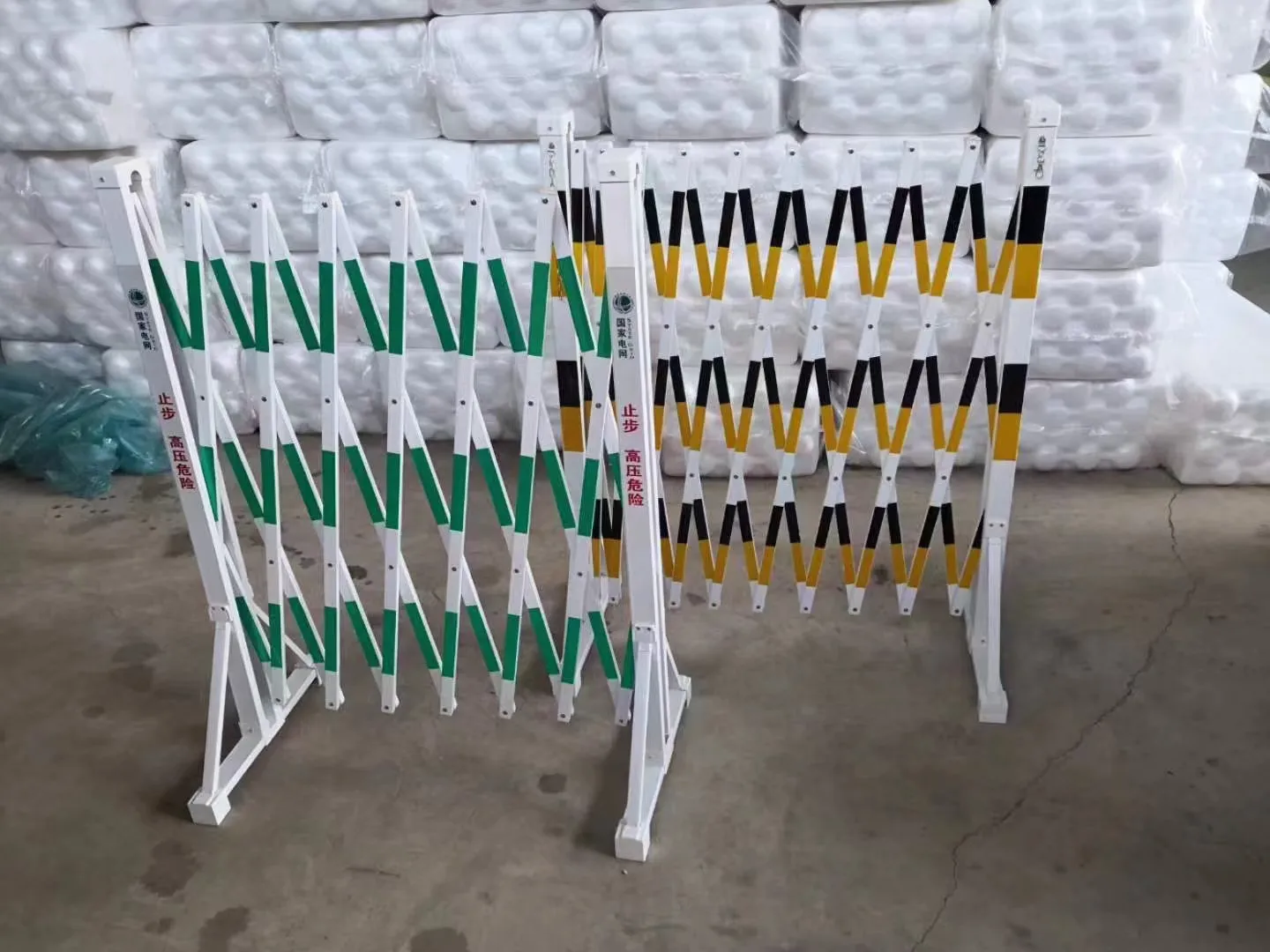loading...
- No. 9, Xingyuan South Street, Dongwaihuan Road, Zaoqiang County, Hengshui, Hebei, China
- admin@zjcomposites.com
- +86 15097380338
- Welcome to visit our website!
Properties and Applications of Glass Fiber Reinforced Polymer Reinforcement Bars in Construction
Glass Fiber Reinforced Polymer Bars A Revolutionary Composite Material
In recent years, the construction and engineering industries have witnessed the rise of innovative materials designed to enhance performance and durability. Among these, Glass Fiber Reinforced Polymer (GFRP) bars have emerged as a notable alternative to traditional reinforcement materials such as steel. GFRP bars are composite materials made from a polymer matrix reinforced with glass fibers, offering several advantages that position them as a game-changer in various applications.
One of the primary benefits of GFRP bars is their exceptional strength-to-weight ratio. Unlike steel, which is heavy and can contribute to the overall weight of structures, GFRP bars are considerably lighter. This reduced weight not only facilitates easier handling and installation but also lessens the load on supporting structures, allowing for more efficient design solutions. Engineers can incorporate more complex architectures without the worry of overwhelming structural frameworks, leading to innovative designs that were previously impractical.
Glass Fiber Reinforced Polymer Bars A Revolutionary Composite Material
Moreover, the non-conductive nature of GFRP materials is an added benefit in specific applications. In structures such as bridges and buildings, the risk of electrical corrosion can be a serious concern when using conventional steel reinforcement. GFRP bars mitigate this issue effectively, providing a safer and more reliable option for engineers and architects.
glass fiber reinforced polymer bars

When it comes to thermal performance, GFRP bars offer excellent insulation properties, which make them advantageous in certain construction applications. Unlike steel, they do not conduct heat, minimizing thermal bridging in insulated assemblies and supporting energy-efficient building designs. This feature aligns well with contemporary trends in sustainable architecture and construction practices.
Additionally, GFRP bars can be manufactured in a variety of shapes and sizes, allowing for greater flexibility in design and application. Customization can cater to specific project requirements, enhancing the adaptability of GFRP in different scenarios.
Despite their numerous advantages, the adoption of GFRP bars is not without challenges. The initial cost of these materials can be higher than traditional steel, leading some to hesitate before making the switch. However, when considering the long-term benefits—such as decreased maintenance costs, extended lifespan, and enhanced performance—GFRP bars present a compelling case for investment.
In conclusion, Glass Fiber Reinforced Polymer bars represent a significant advancement in material technology for construction and engineering. Their lightweight, corrosion-resistant, and insulating properties, combined with design flexibility, offer numerous benefits that cannot be overlooked. As industries continue to seek innovative solutions for sustainable and durable infrastructure, GFRP bars are poised to play a vital role in shaping the future of construction.
-
The Rise of FRP Profiles: Strong, Lightweight, and Built to LastNewsJul.14,2025
-
SMC Panel Tanks: A Modern Water Storage Solution for All EnvironmentsNewsJul.14,2025
-
GRP Grating: A Modern Solution for Safe and Durable Access SystemsNewsJul.14,2025
-
Galvanized Steel Water Tanks: Durable, Reliable, and Ready for UseNewsJul.14,2025
-
FRP Mini Mesh Grating: The Safer, Smarter Flooring SolutionNewsJul.14,2025
-
Exploring FRP Vessels: Durable Solutions for Modern Fluid HandlingNewsJul.14,2025
-
GRP Structures: The Future of Lightweight, High-Performance EngineeringNewsJun.20,2025
